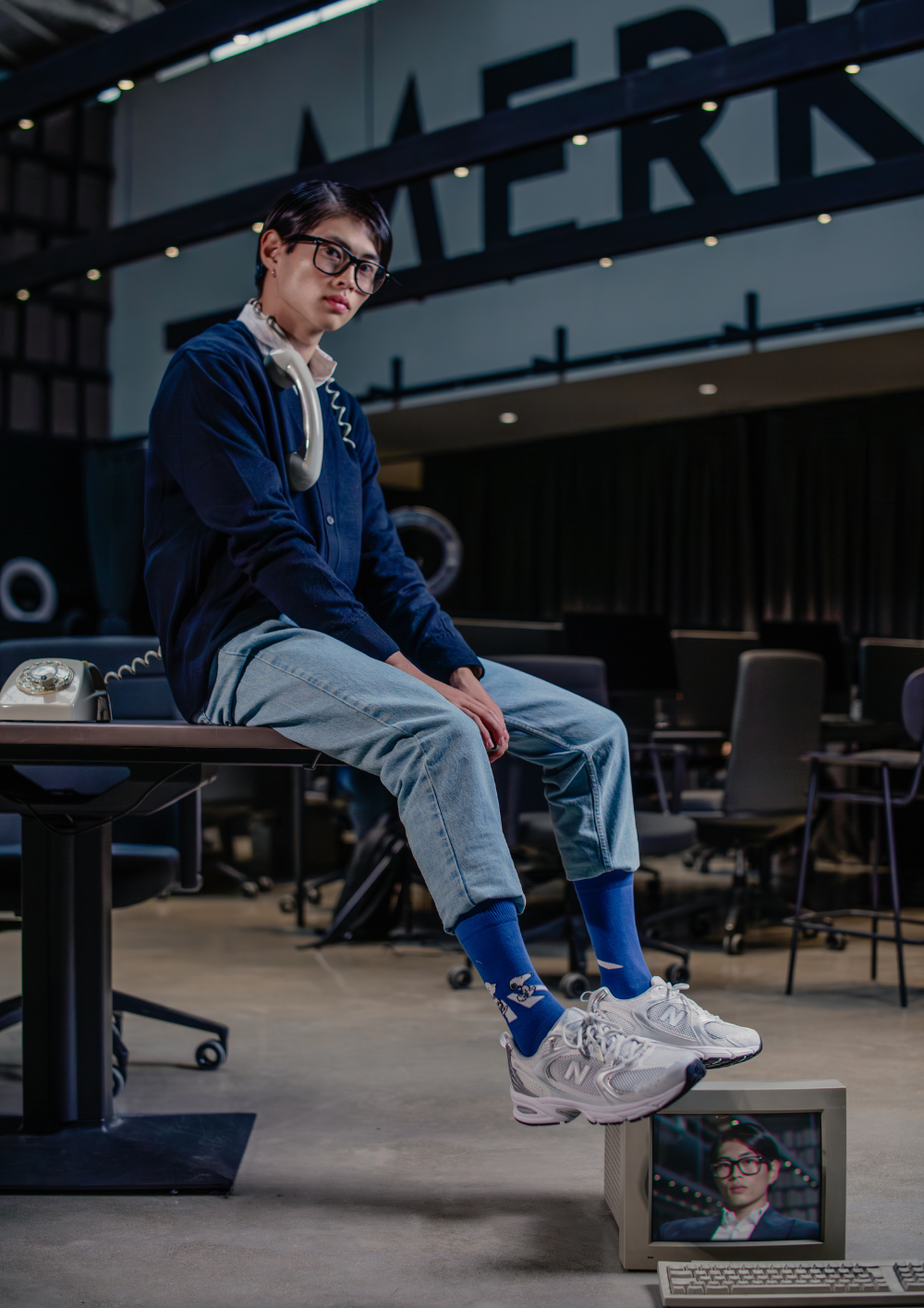-
${ item.product_title }€ ${item.price}
What is the history of socks? Today we delve into the Besocks archive and analyze the journey that has taken socks from being a mere commodity to becoming one of the most essential fashion accessories.
History of socks
Let's not fool ourselves, socks are the great forgotten item of the outfit. From their origin in ancient Egypt thousands of years ago until the 1950s, they have always been seen simply as another utilitarian piece of underwear.
The first socks, which used to be made of leather or wool, gave the human foot the security, hygiene, and practicality it needed. And years later, they gave humans more options when it came to expressing their creativity through clothing.
They often become mismatched and are not invited to the sexual act, but you couldn't live without them. For that reason, we are going to take a historical tour that justifies the importance of this garment in everyone's life.

The first socks
We have to go back to the year 500 AD to find the first sock design made with woven wool, and it was in ancient Egypt. In Rome, socks were called udones and their purpose was none other than to protect the foot inside the warriors' sandals.
These first socks were made of leather or wool and were simple and functional. They were designed to provide two things, comfort and protection regardless of the design. That rudimentary design was due to two reasons.
Firstly, the little technological progress that existed did not allow for customization; moreover, at that time it was not even something that was considered.
Secondly, the simplicity and lack of sophistication of this type of socks was a very faithful reflection of the practical needs of the societies of that time, which were limited to livestock and agriculture.

The Renaissance and the socks
The next significant historical stage for socks was the Renaissance. During this stage, the perception of socks began to slowly change, and some attention started to be paid to design.
The tailoring methods were still very rudimentary, but some embroidery and lace began to be included in the high stockings of the time. These socks were only within reach of nobles and aristocrats.
Just as a watch now reflects status, during the Renaissance, socks were a symbol of status and wealth that allowed one to distinguish a person of low social class from someone with status.
Vibrant colors and various decorations and embroideries became one of the most common ways to display the good taste and social class of the nobles of the time. Socks were the handbags or watches of today.

Socks and the Industrial Revolution
The next stage completely changed the role not only of socks but of all humanity. The Industrial Revolution had a brutal impact on technological and human progress, and socks also benefited.
The new sewing machines developed during this stage revolutionized sock production, making them much more affordable and accessible to the entire population, regardless of their economy or status.
William Lee invented the sock knitting machine in 1589, and they began to be mass-produced and distributed. They ceased to be a decorative accessory exclusive to the upper echelons and became a commodity for everyone.
Cotton and synthetic fibers became popular for their superior qualities in terms of comfort, durability, and the ability to support new sock designs that suited all audiences.

Socks nowadays
The journey of socks is at least curious. They were born as something very basic to satisfy the needs of the working class, then they became a status symbol in the Renaissance and an accessory within reach of few.
With the industrial revolution, that aura of luxury and symbolism of the sock was lost, it became a mass-produced product and reached a large number of people, making its use popular.
Currently, this underestimated garment has found its place not only in the world of urban fashion but also in haute couture. It is one of the most used accessories by both fashion enthusiasts and non-enthusiasts.

From antiquity to haute couture
Currently, it is common to see Designers and renowned brands collaborating with different sock brands, creating exclusive collections made with unique designs and quality materials. Take a look at our Snoopy collaboration
The evolution of this garment is a living example of technological and cultural changes and their impact on fashion throughout history. They have transformed and gone from being simple utilitarian garments to being an essential part of your outfit.
Socks and Pop Culture
Another example of the importance of socks in fashion is how they have been used by the most famous artists in pop culture, music icons like Michael Jackson with his white socks in Billy Jean.
At that time, it was common to see the trendiest music groups making some nod to socks, such as the Red Hot Chili Peppers. They appeared on the cover of one of their albums naked except for socks.
The art of cinema and series has also left memorable moments with socks. From Chandler's socks in Friends to Marty MacFly's futuristic socks in Back to the Future.
Socks are not just an undergarment, but also a new way for self-expression and a key ally when it comes to finding your personal style. Find the design you like the most at this link.
Other entries
You might be interested

Del street style al despacho: la guía definitiva para llevar tacones con calcetines
Combinar tacones con calcetines ya no es solo cosa de editoras de moda. Esta tendencia conquista las calles y los despachos por igual. Descubre cómo llevarla con elegancia, sin renunciar a la comodidad ni a la autenticidad del nuevo estilo femenino.

Combinar calcetines de hombre: reglas simples para acertar siempre
Los calcetines son el punto de conexión entre el pantalón y el zapato y pueden transformar cualquier outfit. Aprende cómo combinarlos con elegancia y descubre tres reglas que todo hombre con estilo debería seguir.

Estas son las 5 combinaciones para que tu outfit funcione siempre
Combinar colores parece magia. Hay algo casi inexplicable en cómo dos tonos se encuentran, se equilibran y, de pronto, todo encaja. Pero lo cierto es que detrás de cada combinación hay ciencia y psicología del color

Calcetines con sandalias: del error de estilo al gesto más fashionista
Durante años, llevar calcetines con sandalias fue motivo de burla. Hoy, esa imagen se ha transformado en tendencia. Llevar calcetines con sandalias es una elección que mezcla confort, tendencia y una nueva forma de interpretar la moda casual.

Del traje al afterwork: el business casual que conquista la oficina moderna
El business casual se ha convertido en el nuevo lenguaje de la moda masculina. Una forma de moverse entre el trabajo al afterwork sin necesidad de cambiarse. Hoy, ese código se reinterpreta. La nueva generación busca prendas con intención y el business casual es la respuesta: vestir bien sin parecer que lo intentas.


